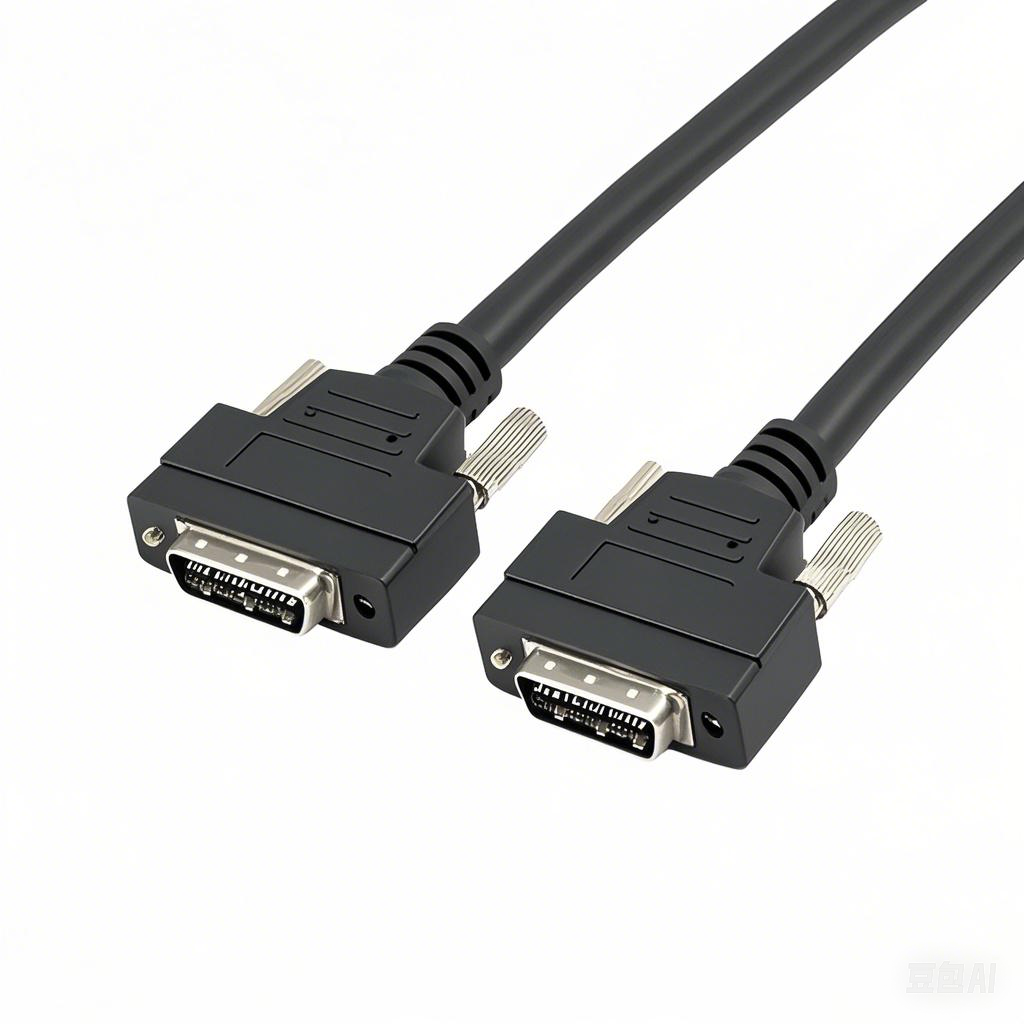What are the Sterilization Requirements for Medical Machine Vision Ca...
Medical machine vision cables are critical components in life-saving applications, including endoscopy, robotic surgery, diagnostic imaging, and laparoscopic procedures. These cables connect cameras and sensors to processing units, delivering real-time visuals inside the human body. Due to direct or indirect patient contact, rigorous sterilization is non-negotiable to prevent infections and ensure compliance with global health standards. Understanding the specific sterilization requirements for these specialized cables is essential for patient safety and device longevity.
Why Sterilization is Crucial
Cables used in medical machine vision systems must be sterile to eliminate bacteria, viruses, spores, and other pathogens. Failure can lead to Healthcare-Associated Infections (HAIs), device malfunctions, cross-contamination, regulatory non-compliance, and costly recalls. Whether reusable or single-use, sterilization protocols must align with the cable’s material composition and intended use.
Common Sterilization Methods & Their Requirements
- Steam Sterilization (Autoclaving):
- Process: Exposure to saturated steam at 121°C–134°C for 15–60 minutes under high pressure.
- Cable Requirements: Jackets and connectors must withstand high heat and moisture without degrading. Silicone, fluoropolymers (e.g., PTFE, FEP), and specialized thermoplastics are common. Cables must be validated for multiple cycles (e.g., 50–200+ cycles).
- Limitations: Unsuitable for moisture-sensitive components. Repeated autoclaving can cause jacket cracking or wire fatigue.
- Ethylene Oxide (EtO) Gas:
- Process: Low-temperature gas diffusion (typically 30°C–60°C) in a controlled chamber.
- Cable Requirements: Compatible with heat-sensitive plastics, rubber, and internal electronics. Requires aeration post-sterilization to remove toxic residues. Materials like polyurethane or PVC may be used.
- Limitations: Long cycle time (up to 16 hours). Residual gas must be monitored per ISO 10993-7.
- Hydrogen Peroxide (Vapor/Plasma):
- Process: Low-temperature sterilization using H₂O₂ vapor or plasma (e.g., Sterrad® systems).
- Cable Requirements: Jackets and seals must resist oxidation. Avoid materials like copper, brass, or cellulose. Compatible with silicones and most plastics.
- Limitations: Unsuitable for devices with lumens or moisture-trapping designs. Requires validated cycle parameters.
- Gamma Radiation:
- Process: High-energy gamma rays penetrating sealed packaging.
- Cable Requirements: Primarily for single-use cables. Materials must resist brittleness or discoloration (e.g., radiation-stabilized polymers). Validation per ISO 11137 ensures dose consistency.
- Limitations: Not for reusable cables; cumulative radiation degrades materials.
Key Standards and Compliance
Medical cables must comply with:
- ISO 13485: Quality management for medical devices.
- ISO 17665-1: Guidelines for steam sterilization validation.
- ISO 11135: EtO sterilization standards.
- FDA 21 CFR Part 820: Quality system regulations (US).
- EU MDR (2017/745): Requirements for reusable devices.
Manufacturers must provide:
- Sterilization validation reports (IQ/OQ/PQ).
- Maximum cycle limits for reusable cables.
- Compatibility data for chemicals/temperatures.
Design Considerations for Sterilization-Ready Cables
- Material Selection: Silicone, PTFE, and medical-grade polymers resist heat, chemicals, and radiation.
- Sealed Connectors: IP-rated or molded connections prevent fluid ingress during cleaning and sterilization.
- Smooth Surfaces: Jackets without ridges or pores facilitate cleaning and reduce bio-burden.
- Robust Strain Relief: Reinforced terminations survive repeated handling and sterilization stress.
- Traceability: Color-coding or laser-etched labels legible post-sterilization.
Best Practices for Healthcare Facilities
- Follow Manufacturer IFU: Adhere to cycle parameters, temperature limits, and maximum reuse counts.
- Pre-Cleaning: Remove organic debris using enzymatic cleaners before sterilization.
- Inspection: Check cables for cracks, stiffness, or discoloration pre/post sterilization. Retire damaged units immediately.
- Recordkeeping: Track the number of sterilization cycles per cable batch.
Single-Use vs. Reusable Cables
- Single-Use: Pre-sterilized via gamma or EtO. Guaranteed sterility but generate waste.
- Reusable: Cost-effective long-term but require rigorous validation for ≤100 cycles. Choose based on procedure frequency and risk assessment.
Conclusion
Sterilizing medical machine vision cables demands method-specific material compatibility, strict validation, and meticulous handling. Whether opting for steam, EtO, H₂O₂ plasma, or radiation, compliance with ISO/FDA standards is mandatory. Investing in sterilization-ready cables—validated for your facility’s chosen method—reduces infection risks and extends device life. Always prioritize manufacturer guidelines and routine inspections to maintain a sterile, reliable surgical environment.











